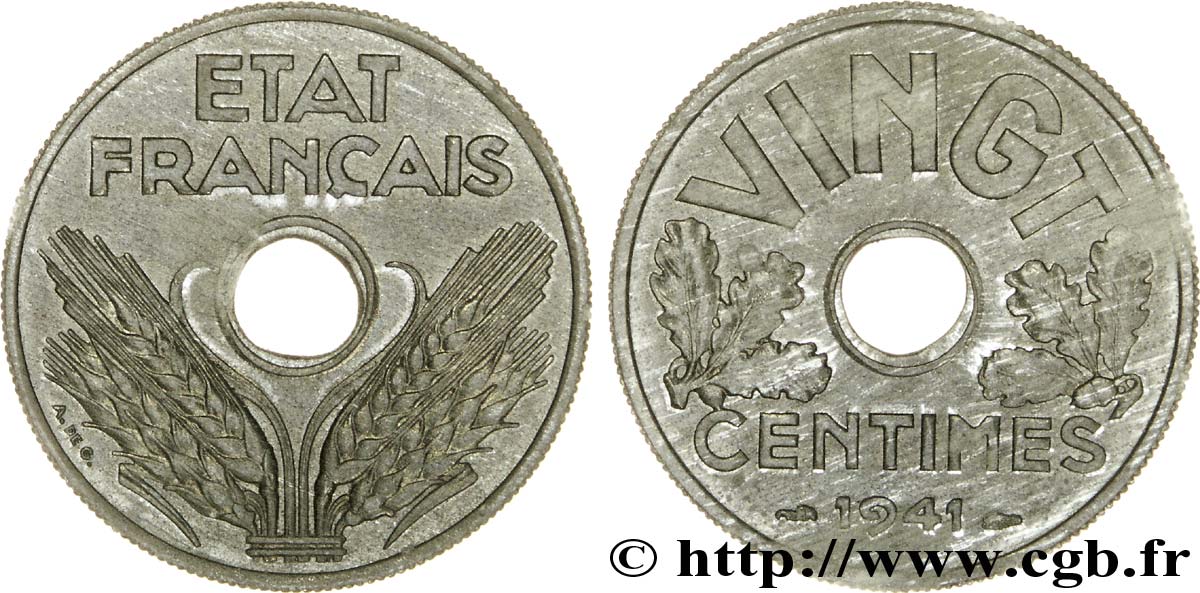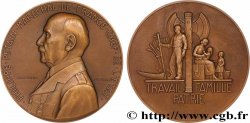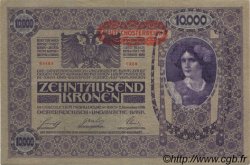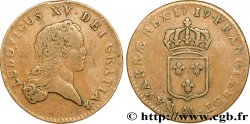v37_1439 - VINGT centimes État français, frappe courante 1941 Paris F.152/2
MONNAIES 37 (2009)
Prezzo di inizio : 30.00 €
Valutazione : 60.00 €
Prezzo realizzato : 80.00 €
Numero di offerte : 6
Offerta maxima : 120.00 €
Prezzo di inizio : 30.00 €
Valutazione : 60.00 €
Prezzo realizzato : 80.00 €
Numero di offerte : 6
Offerta maxima : 120.00 €
Tipo : VINGT centimes État français, frappe courante
Data: 1941
Nome della officina / città: Paris
Quantità coniata : 54044000
Metallo : zinco
Diametro : 24,19 mm
Asse di coniazione : 6 h.
Peso : 3,55 g.
Orlo : striures fines
Commenti sullo stato di conservazione:
Aucune trace de circulation mais surface mate et sombre avec des taches blanches dans les champs
N° nelle opere di riferimento :
Pedigree :
Cet exemplaire provient de la collection Pierre-2
Diritto
Titolatura diritto : ETAT / FRANÇAIS.
Descrittivo diritto : en deux lignes, au-dessus d'un trou central bordé d'un listel, au-dessous duquel se trouvent quatre épis de blé maintenus par une bague ; à gauche des épis A. DE G..
Rovescio
Titolatura rovescio : VINGT / CENTIMES / 1941.
Descrittivo rovescio : au-dessus et au-dessous d'un trou central bordé d'un listel accosté de deux rameaux de chêne, chacun étant composé de trois feuilles et d'un gland.
Commento
Cet exemplaire ne semble présenter aucune caractéristique particulière mais sa présence dans la collection Pierre-2 laisse supposer une variante. Peut-être s’agit-il d’un alliage de zinc différent du standard ? En effet, la lecture du Mazard, page 216, montre que des frappes, en 1939, furent faites avec des alliages de zinc variées mais, dans ce cas, les perforations centrales furent elles aussi variées pour les distinguer, ce qui n’est pas le cas ici. Il faudra un jour que le propriétaire de cette pièce trouve une méthode d’analyse non destructive d’un coût raisonnable...
This example does not appear to have any particular characteristics, but its presence in the Pierre-2 collection suggests a variant. Perhaps it is a different zinc alloy than the standard? Indeed, reading the Mazard, page 216, shows that strikes in 1939 were made with various zinc alloys, but in this case, the central perforations were also varied to distinguish them, which is not the case here. The owner of this piece will one day have to find a non-destructive analysis method at a reasonable cost.
This example does not appear to have any particular characteristics, but its presence in the Pierre-2 collection suggests a variant. Perhaps it is a different zinc alloy than the standard? Indeed, reading the Mazard, page 216, shows that strikes in 1939 were made with various zinc alloys, but in this case, the central perforations were also varied to distinguish them, which is not the case here. The owner of this piece will one day have to find a non-destructive analysis method at a reasonable cost.








 Segnalare un errore
Segnalare un errore Stampate la pagina
Stampate la pagina Condividi mia selezione
Condividi mia selezione Fai una domanda
Fai una domanda Consegnare / vendere
Consegnare / vendere
 Descrittivo
Descrittivo












